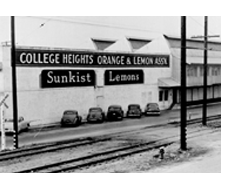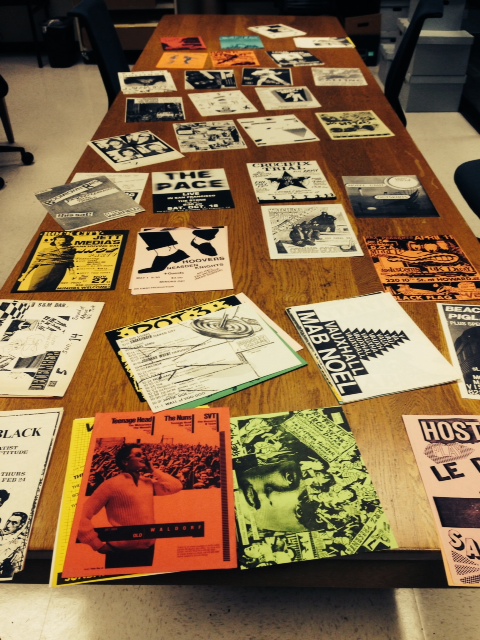Hi Everyone!
It is the beginning of the end. I am just finishing up my time as a CCEPS Fellow. So far, I have had a fantastic time learning about archival work. I have worked on 7 different collections, each with a variety of materials. I have learned many ways to preserve items and use the most out of the resources at hand. Most importantly, I’ve had a great time working here. Before I depart at the end of the semester, I wanted to share a little bit about what I learned when arranging a collection.
1) Keep in mind the researcher. The researcher will be using these collections, so arrange it in such a way that it presents the important information upfront.
2) Keep it simple. Again, researchers will be using the collection. Make it easy to follow and arrange it in a way that is logical.
3) Try to conserve your resources. If two photographs can fit in one sleeve of mylar comfortably, just cut the mylar in half! But don’t cut the photographs…
4) Pay attention to the details. There are A LOT of little details, but if you are consistently double checking your work, it’ll save quite a bit of time in the future.
5) Learn about the materials. The collections are all very interesting! When arranging collections, it becomes so much more interesting if you know more about it. There is so much information to learn!
6) Take care of yourself! Make sure you either eat before or plan a lunch break because you’re not allowed to bring food into the archives. The food may ruin documents. In addition, bring a sweater just in case! The archives are kept a little bit cooler to help preserve materials.
7) It may sound cheesy, but have fun! This is a great learning experience and opportunity!
I am so grateful for being a part of the CCEPS program. I have been able to learn so much in such a short period of time. I have never had the opportunity to work this closely with so many primary sources. It truly is a fantastic opportunity and I would recommend it to anyone!
Phoebe

![ClaremontPackingHouse_SallyEgan[1].jpg](https://cceps-blog.library.claremont.edu/wp-content/uploads/sites/2/2020/07/ClaremontPackingHouse_SallyEgan5B15D.jpg)

